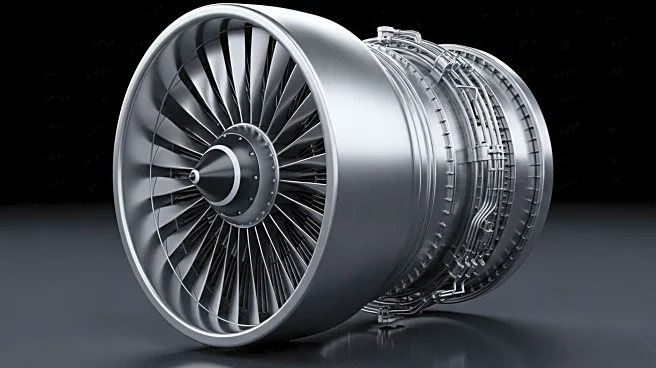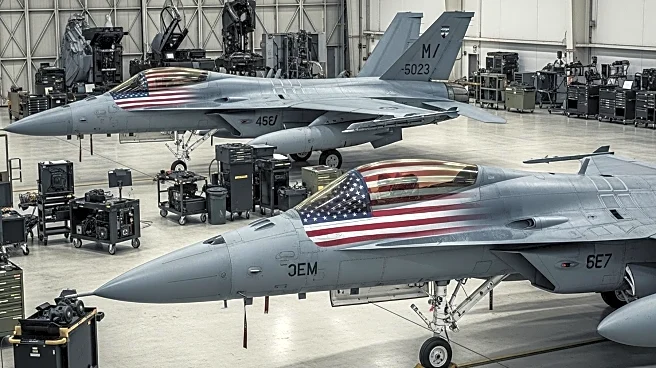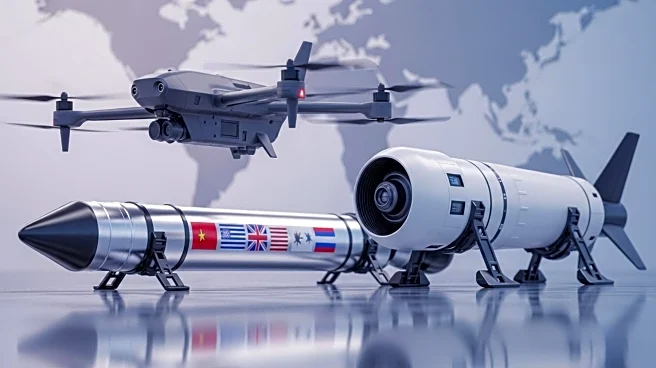
Developing a next-generation fighter aircraft is a decades-long endeavor. The evolving nature of technological advancement and real-world needs means that a successful fighter will receive years of upgrades and development even after it earns operational status. As one of the most up-to-date fighters to undergo this process, the F-35 Lightning II has seen success and failure.
Breaking new ground in highly technical fields such as aviation comes with a few inherent risks. There is the potential danger
to test pilots and crews who must discover and work out flaws in the design. Air crew and production experts must hone new processes. Producers must procure state-of-the-art materials. Engineers and pilots test the design for flaws that could be life- or mission-threatening. Enormous amounts of money and time, not to mention physical risk, are part and parcel of the process -- often without any guarantee of success.
The United States Air Force declared the F-35 ready for combat in August 2016. The Marine Corps and Navy variants were not far behind. In 2018, the Israeli Defense Forces used an F-35 variant called Adir to strike ground targets in the Middle East. Nearly a decade later, the Lightning is a core component of America's air power. Yet the program is far from perfect. Despite over 10 years in the air and a widening international market, technical and budgetary issues continue to plague the F-35 program. As unmanned drones and the upcoming sixth-generation fighters begin to appear on the horizon, we examine some of the lingering flaws of the F-35.
Read more: 10 Largest Air Forces In The World, Ranked By Military Aircraft Numbers
It Can Sustain Damage In Supersonic Flight
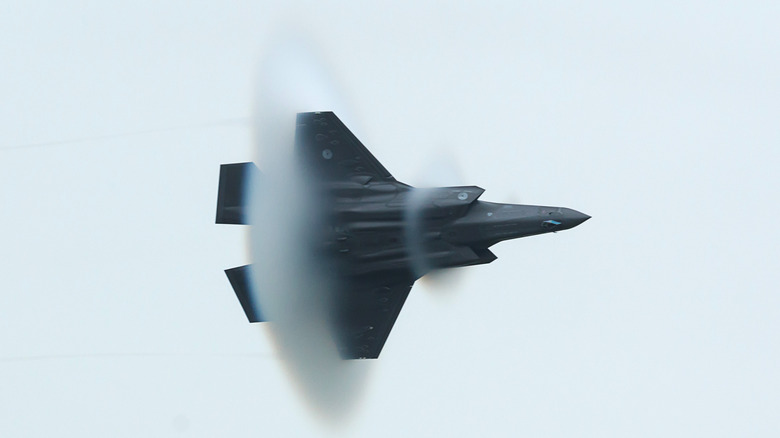
Speed isn't everything in the fighter plane game, but it accounts for a lot. Speed means energy, and energy means superiority in a dogfight, not to mention the ability to intercept a fast foe. The F-35 was never designed to break speed records, and since when is 1,200 mph considered slow? That's the advertised top speed of the F-35 -- roughly Mach 1.6 (Mach is a relative measure that compares the craft's speed to the speed of sound in its surrounding medium) – which qualifies it as a supersonic fighter.
However, the F-35 is markedly slower than fighters of previous generations. The F-15 EX Eagle II, considered a 4.5-generation fighter and based on the fourth-generation Strike Eagle, has achieved speeds of nearly Mach 2.5, or roughly 1,900 mph. The F-35's stablemate, the F-22 Raptor, can hit Mach 2.25. At the same time, older planes like the Eurofighter Typhoon and even the very first iteration of the F-16 Fighting Falcon, which debuted in 1978, outstrip the misnomered Lightning.
However, a designed lower speed is not the same as a flaw at high speeds. What it lacks in thrust, it makes up for with stealth technology and a capability to perform a wide array of mission sets. At ultra-high altitudes, the Navy and Marine Corps F-35 variants cannot sustain supersonic flight for long before risking damage to structural components and stealth coating. The antenna array on the rear of the ship is also prone to damage under such circumstances. A supersonic intercept aircraft that can't intercept supersonically is less than ideal. The Department of Defense's response was not to address these issues, which occur only in rare situations, but rather to document them as Category 1 deficiencies and leave it at that.
Troubled Software Development
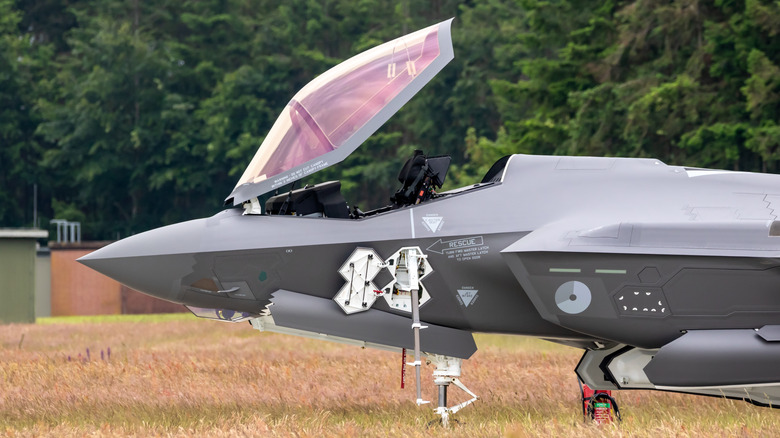
In the olden days of purely mechanical aircraft, pilot inputs had a direct physical connection to control surfaces. Pressing a rudder actuated a physical system in the same way pressing the brake pedal in a car transferred stopping power via a hydraulic or vacuum system. The physical connection between pilot and plane started its decline when NASA tested an early fly-by-wire system in 1972. Fly-by-wire systems often involve no mechanical backup, relying instead on computers to read and apply pilot input.
As one of the most sophisticated aircraft ever built, the F-35 is a bundle of overlapping computer systems that require constant updating. Unfortunately for Lockheed-Martin, the military contractor that builds the F-35, it has been unable to keep up with its software updates at a pace acceptable to the Air Force.
In July 2025, the United States Air Force informed Lockheed that it would reduce the number of F-35s it would purchase due to software issues. Specifically, the Technology Refresh 3 (TR-3) updates that would enable modernization are lagging due to difficulty developing the required technology. The Air Force does not wish to take delivery of aircraft with a promise of future software updates. The Pentagon's test office cited a lack of improvement in meeting schedule and performance goals as part of its decision to reduce its order of F-35s.
The F-35 Is Airworthy About Half Of The Time
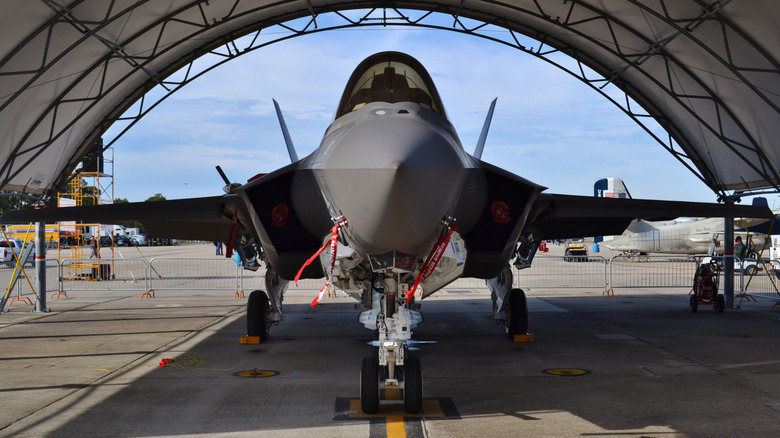
Maintenance on aircraft is time-consuming, yet the highly technical F-35 still underperforms in this category. The United States military has a goal of keeping the Lightning II available for operations 65% of the time, but the beleaguered airframe was only able to muster 51% availability as recently as fiscal year 2023.
The numbers speak to a larger problem with the F-35, specifically in something called Reliability, Maintainability, and Availability, or RMA. In short, keeping an F-35 in fighting condition should take less time. Across 2023, combat-coded F-35s (those designated and ready for actual combat operations) achieved an average ready rate of 48%. That number dropped to 30% for the entire fleet, and 9% for the operational test fleet.
Aircraft availability continues to plague the F-35 program. It is unable to meet the operational standards set by the Department of Defense. And all of this is years after the Lightning II entered operational status. The Air Force has found it takes twice the targeted fix time to get F-35s in the air, while the Navy's rate is more than double, and the Marines' F-35C takes triple as much time. Some of these issues are associated with the software problems outlined above, and others point to a scarcity of parts and materials.
Enormous Cost Overruns
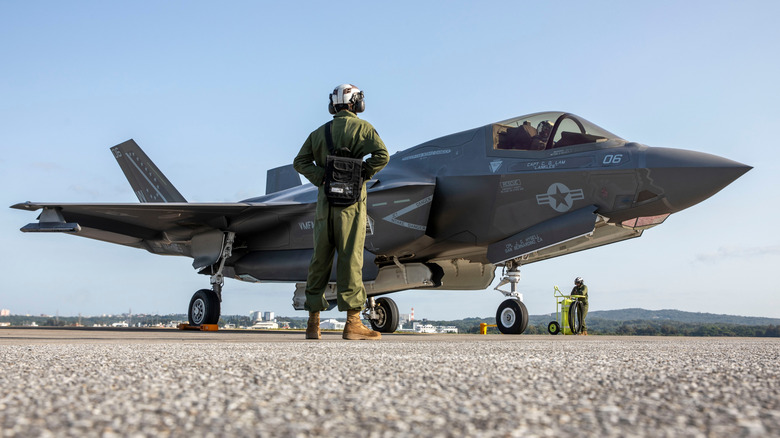
While budgeting is not necessarily a flaw of an airframe, the F-35 has earned a terrible reputation as an extremely costly program. The latest estimated lifetime costs for the F-35 program are more than $2 trillion -- yes, trillion with a T. That includes 94 years of service in addition to an eventual fleet of 2,456 aircraft and the attendant maintenance, but it still points out a critical and nagging deficit in the F-35 program.
Already an expensive endeavor in the world of ultra-spendy and bureaucratic military contracts, the F-35's price tag has climbed at astronomical rates. Despite applying cost-cutting efforts expected to reduce outlay by $85 billion, the projected costs for the program have risen from $1.1 trillion in 2018 to $1.58 trillion in 2023, to $2.1 trillion today.
Adding insult to injury is that even with the gasp-inducing price tag, the Air Force and Marines plan to reduce the F-35's flying hours by 19% and 45%, respectively. The Government Accountability Office insists that higher up-front costs will reduce overall spending on the program in future years. Hey, you have to spend money to make money, right? Something like that. Whatever the case, it looks like the government will be pouring dollars into the F-35 for years to come, sunk cost fallacy be damned.
Production Delays And Quality Defects
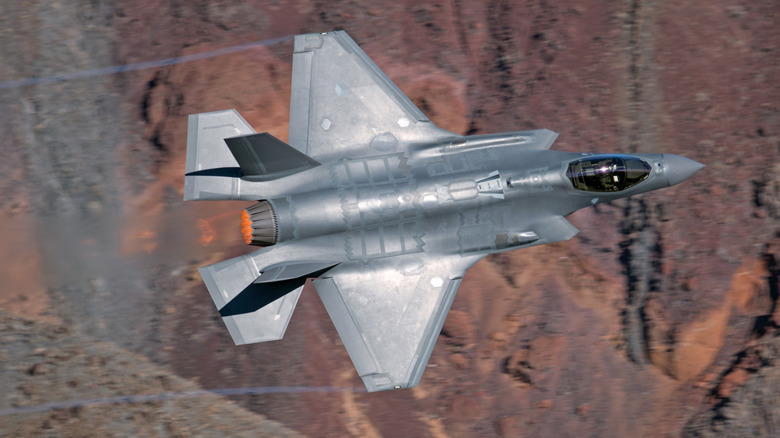
Despite the Air Force's decision to halt further F-35 deliveries pending updates, nations worldwide are eagerly awaiting the F-35. The Pentagon dubbed the F-35 ready for full-rate production in 2024, some 23 years after the program was announced. A significant milestone, full-rate production essentially means Lockheed is cleared to maximize manufacturing of the craft. That includes models intended for states that have agreed to purchase and operate them in their fleets, including the United Kingdom, Denmark, Canada, Australia, and others.
The problem is that getting these planes out of the factory has been far from straightforward, and it's not just about numbers. The aforementioned software issues are partly to blame for production slowdowns, but it is also production quality that is suffering.
The Pentagon test office reported as recently as February 2025 -- more than a decade after the F-35's debut -- that Lockheed struggles to meet quality control goals. A Marine Corps squadron reported a number of its new Lightnings to contain defects. The Pentagon has been warned that the ultra-high-tech airframe is susceptible to cyber attacks that could remove it from combat without having a shot fired at it.
Flawed Thermal Management
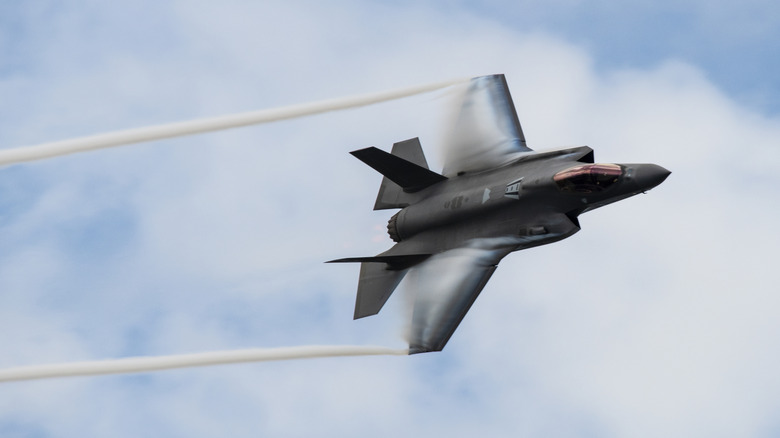
The Pratt & Whitney F135 engine core that supplies power to the F-35 is a modern marvel. Making 40,000 pounds of thrust, and specially designed for use in stealth applications, the version in the F-35B even incorporates a lift fan that makes it capable of Short Take Off and Vertical Landing (STOVL). It has proved an overall reliable engine, despite several high-profile F-35 crashes in the news.
While the F135 has served well so far, the Air Force anticipates a need for a complete upgrade or replacement in the upcoming years. The reason lies in the Power and Thermal Management System (PTMS). The myriad systems, whether mechanical or computer-based, cause the F-35 to run fairly hot. Part of the problem lies in the fact that the current iteration of the F135 has its development roots in technology a quarter-century old.
Original plans for the F-35 anticipated the need to dissipate about 15 kilowatts of heat. Today's upgraded and updated airframes generate about 30 kilowatts — double the original and showing no signs of cooling down. The Lightning II currently compensates for this by bleeding off high-pressure air through its engine. But that solution is temporary at best, as the process stresses the engine, which increases maintenance costs and repair time, not to mention a shorter overall shelf life.
The Government Accountability Office estimates that cooling issues could cause problems with Block 4 upgrades as soon as 2029. In other words, the original design doesn't meet near-future requirements. The goal is to prepare a system capable of cooling between 62 and 80 kilowatts. An entirely new PTMS is in the pipeline, and the government anticipates it being ready for installation between 2030 and 2032.
Want the latest in tech and auto trends? Subscribe to our free newsletter for the latest headlines, expert guides, and how-to tips, one email at a time.
Read the original article on SlashGear.
